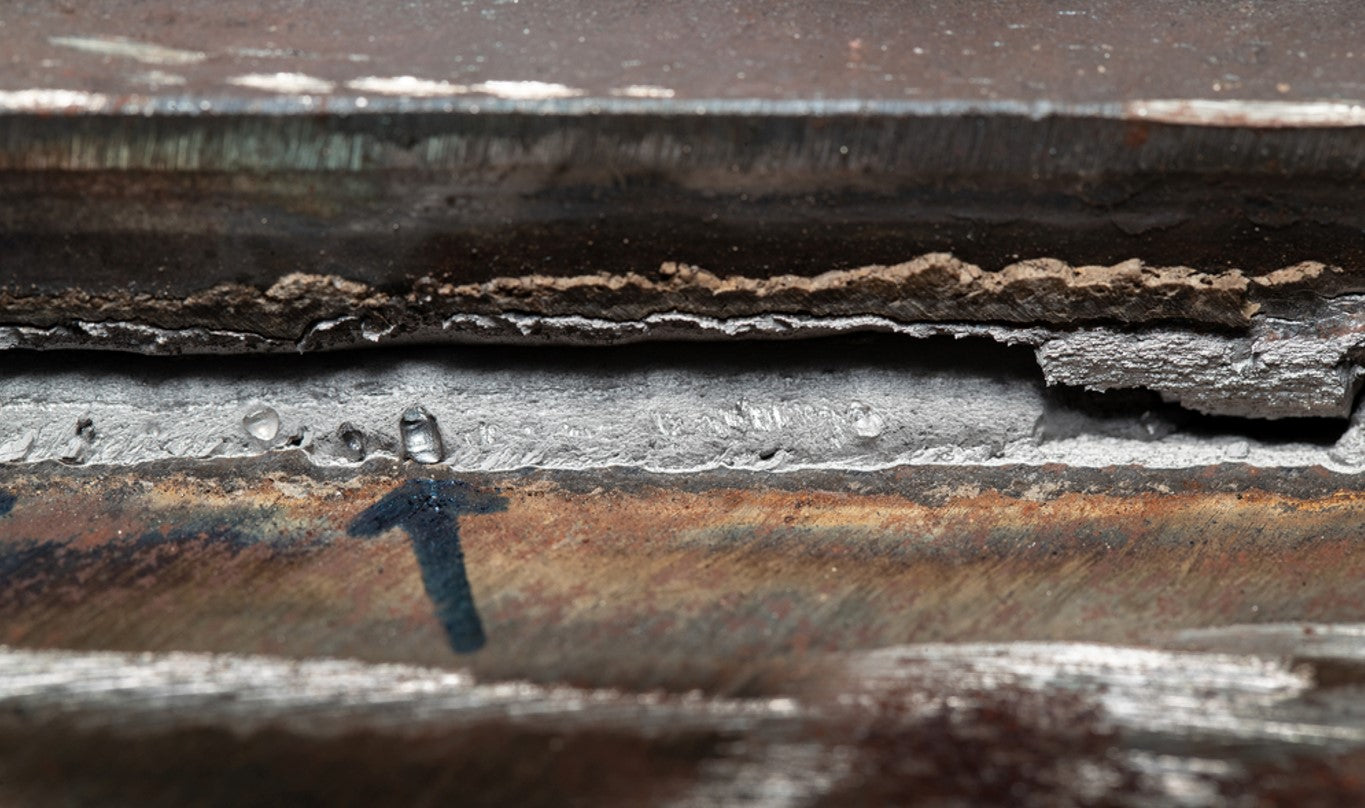Ideal Practices for Preventing Weld Undercut: Grasping the Basics
Wiki Article
Grasping the Art of Welding: Exactly How to Prevent Undercut Welding Issues for Flawless Construction Outcomes
Effectiveness and precision are vital in the globe of welding, where even the tiniest flaw can jeopardize the architectural stability of a fabricated item. One typical obstacle that welders face is damaging, an issue that can damage a weld joint and lead to costly rework. By recognizing the origin of undercut welding and applying efficient methods to stop it, welders can raise their craft to brand-new degrees of quality (Preventing weld undercut). In the pursuit of perfect construction outcomes, mastering the art of welding to avoid undercut problems is not just an ability however a need for those making every effort for perfection in their work.Recognizing Undercut Welding

To stop undercut welding, welders need to make certain correct welding parameters, such as changing the existing, voltage, travel rate, and maintaining the right electrode angle. Additionally, using the ideal welding method for the details joint configuration is crucial. Employing weaving motions or backstepping techniques can aid make certain proper weld steel deposition and reduce the likelihood of undercut development. Normal examination of welds throughout and after the welding process is likewise vital to capture any kind of undercut very early and make needed changes to protect against more problems. Preventing weld undercut. By comprehending the causes of undercut welding and implementing safety nets, welders can accomplish top quality, structurally sound welds.
Reasons For Undercut in Welding
Recognizing the aspects that add to damage in welding is important for welders to create high-quality, structurally sound welds. Undercutting takes place when the weld metal does not effectively fill the groove developed between the base steel and the formerly deposited weld metal. Several elements can result in damage in welding. One typical reason is too much warm input. Welding at high temperature levels for extensive durations can cause the base metal thawing greater than preferred, bring about undercut. Poor welding wrong or current welding rate can additionally add to damage. Insufficient current might not offer sufficient heat to thaw the base and filler steels effectively, while too much speed can protect against correct combination, creating undercut. In addition, inappropriate electrode angles or wrong lantern control methods can produce locations of low weld metal deposition, advertising undercut. Recognizing these reasons and carrying out proper welding strategies can help stop undercutting issues, read this post here making certain long lasting and why not try these out strong welds.Techniques to Protect Against Undercutting

To minimize the risk of undercutting in welding, welders can utilize strategic welding methods aimed at improving the quality and integrity of the weld joints. Furthermore, making use of the appropriate welding technique for the particular joint arrangement, such as weave or stringer beads, can contribute to decreasing undercutting.
Additionally, proper joint preparation, consisting of making sure clean base products devoid of pollutants and utilizing the suitable welding consumables, is important in stopping undercut defects. Employing back-step welding strategies and managing the weld grain account can likewise assist distribute warm uniformly and reduce the threat of undercut. Normal assessment of the weld joint during and after welding, along with applying quality control actions, can help in dealing with and finding undercutting problems immediately. By implementing these methods faithfully, welders can accomplish remarkable manufacture results with minimal undercut flaws.
Relevance of Appropriate Welding Criteria
Selecting and keeping appropriate welding criteria is vital for attaining successful welds with minimal defects. Welding specifications describe variables such as voltage, existing, travel rate, electrode angle, and protecting gas circulation rate that directly influence the welding procedure. These parameters should be meticulously readjusted based on the kind of product being bonded, its density, and the welding technique employed.Proper welding criteria ensure the correct amount of heat is used to thaw the base metals and filler anchor material evenly. If the criteria are established too expensive, it can lead to extreme warmth input, triggering spatter, burn-through, or distortion. On the various other hand, if the specifications are too reduced, insufficient blend, lack of penetration, or damaging may happen.
Quality Control in Welding Procedures

Verdict
To conclude, understanding the art of welding calls for a complete understanding of undercut welding, its reasons, and methods to avoid it. By ensuring proper welding criteria and implementing quality control practices, flawless manufacture outcomes can be achieved. It is essential for welders to continually pursue excellence in their welding operations to prevent undercut concerns and create high-grade welds.Undercut welding, a typical flaw in welding procedures, happens when the weld metal does not effectively load the groove and leaves a groove or anxiety along the bonded joint.To stop undercut welding, welders should make sure proper welding parameters, such as readjusting the current, voltage, travel speed, and preserving the correct electrode angle. Insufficient welding current or inaccurate welding rate can additionally contribute to damage.To minimize the risk of damaging in welding, welders can use tactical welding strategies intended at boosting the high quality and honesty of the weld joints.In verdict, mastering the art of welding needs a comprehensive understanding of undercut welding, its causes, and techniques to stop it.
Report this wiki page